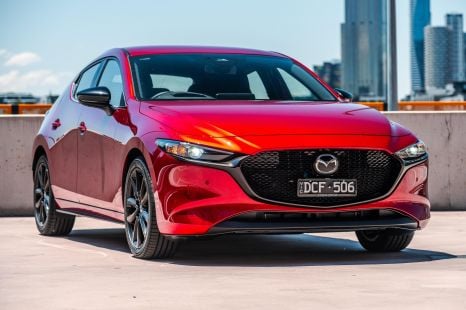

Josh Nevett
2025 Mazda 3 G25 Evolve SP review
1 Month Ago

News Editor
When the updated Toyota Camry arrives here in the first half of this year, there’ll be some changes to its powertrain line-up.
The naturally-aspirated four-cylinder engine will offer more power and a new transmission, while the V6 engine currently offered in the up-spec SX and SL has been given the axe.
A listing on the Australian Government’s Road Vehicle Certification System reveals the 2.5-litre four will now produce 152kW of power at 6600rpm, up from 133kW and 135kW in the current car at 6000rpm.
The engine also now displaces 2487cc instead of 2494cc.
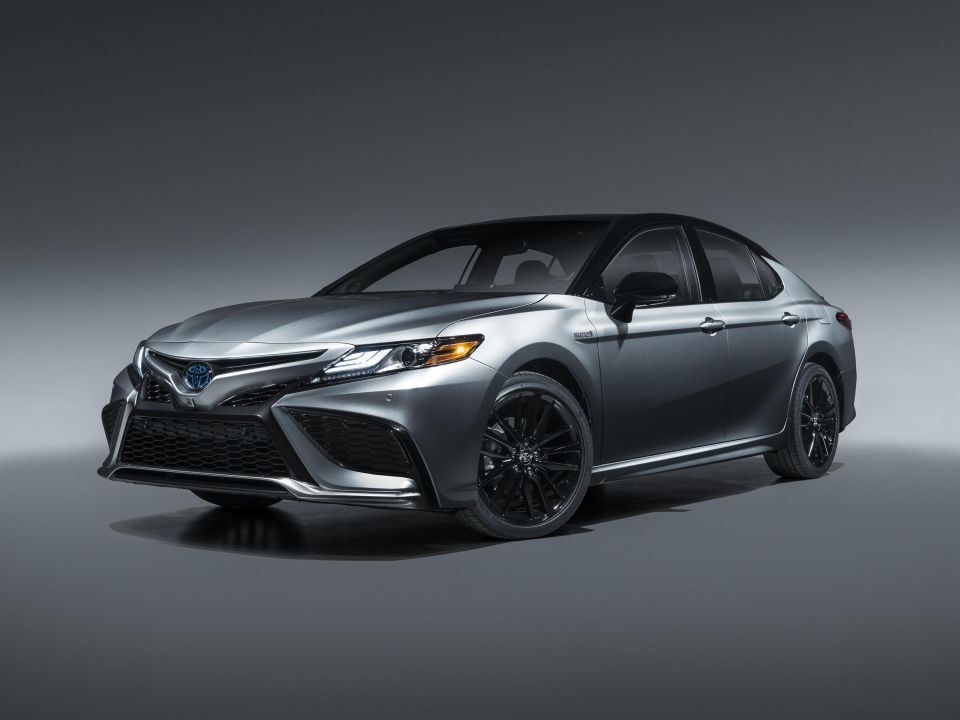
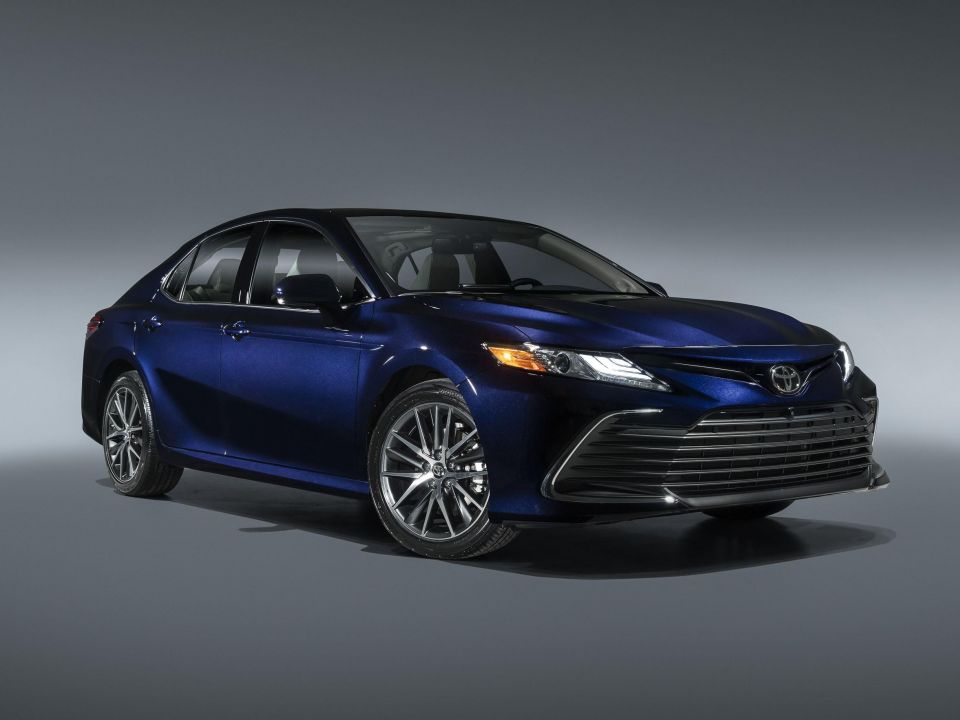
It’s mated to an eight-speed automatic transmission instead of the current car’s six-speed automatic.
This indicates the Toyota Camry will use the same powertrain as the range-topping RAV4 Edge, one which has already been available in the North American Camry since the debut of the current generation.
There, the Dynamic Force 2.5-litre produces 151kW or 153kW, depending on the trim level.
Torque figures are 249Nm and 252Nm for the two different tunes in North America but 243Nm for the local RAV4 Edge.
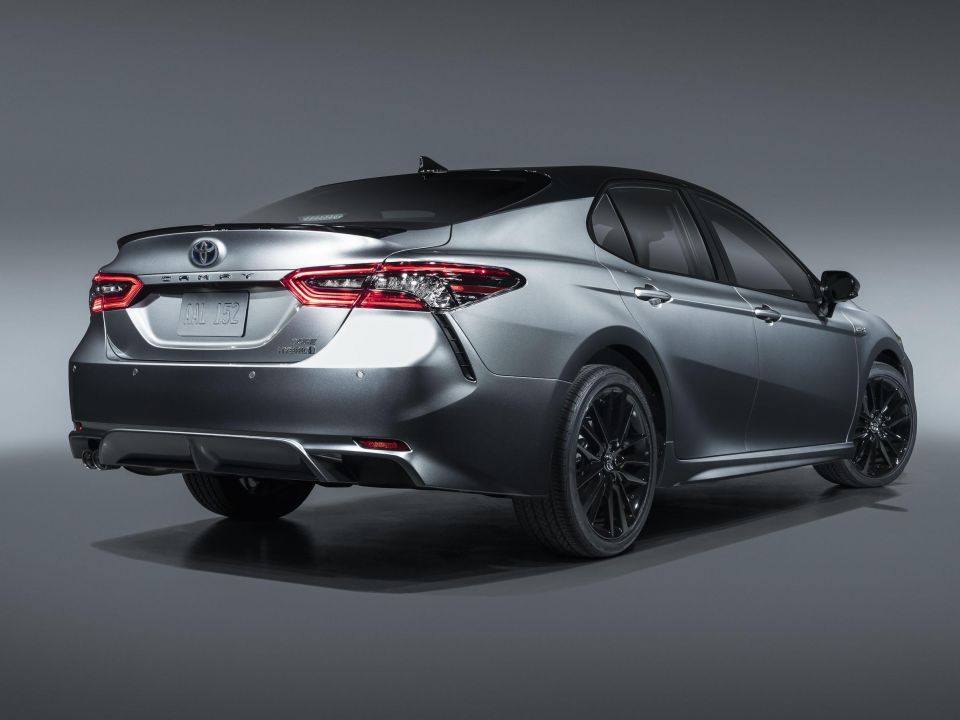
While Toyota currently offers the 2.5-litre in two different tunes in Australia, the RCVS database only lists one. No torque figure is listed.
The other, more popular powertrain that’ll still be offered in Australia, the 2.5-litre four-cylinder hybrid, was updated last year.
The old 245V nickel metal hydride battery was replaced with a 259V lithium-ion battery pack.
It uses a detuned version of the Dynamic Force 2.5-litre with 131kW of power, though the total hybrid system output is 160kW.
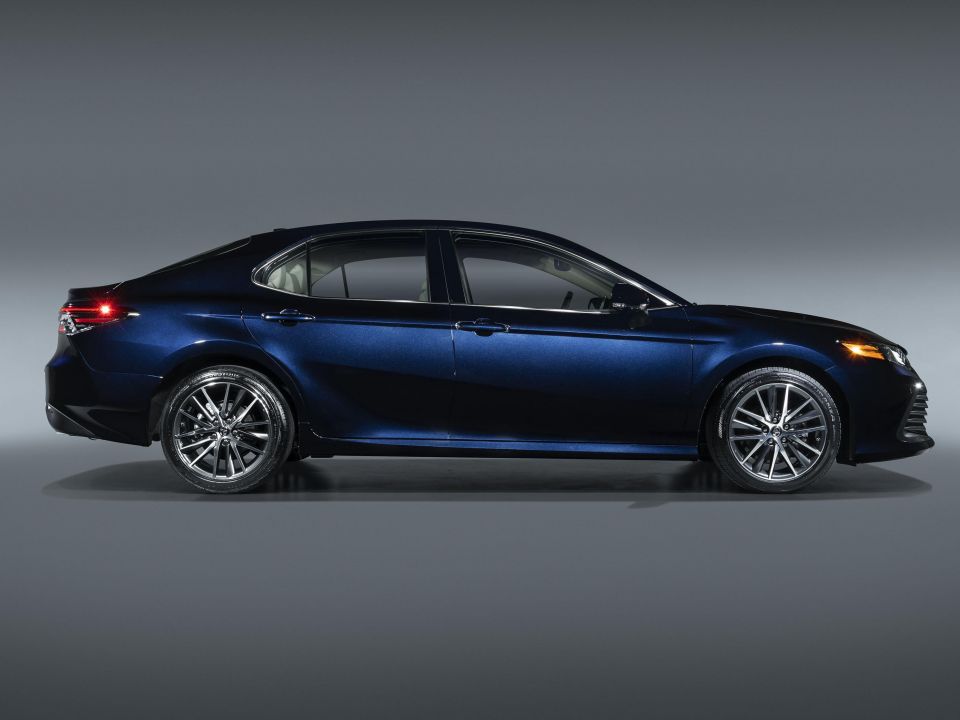
Last year, the hybrid powertrain accounted for 70 per cent of all Camry sales.
It’s currently available across the entire model range bar the sporty SX, while the V6 is limited to the SX and SL and the regular four-cylinder is available in all trim levels.
The 2021 facelift was revealed in the US last year, and includes numerous specification and cosmetic changes.
It has revised front-end styling, once again offering different looks for regular and sporty variants.
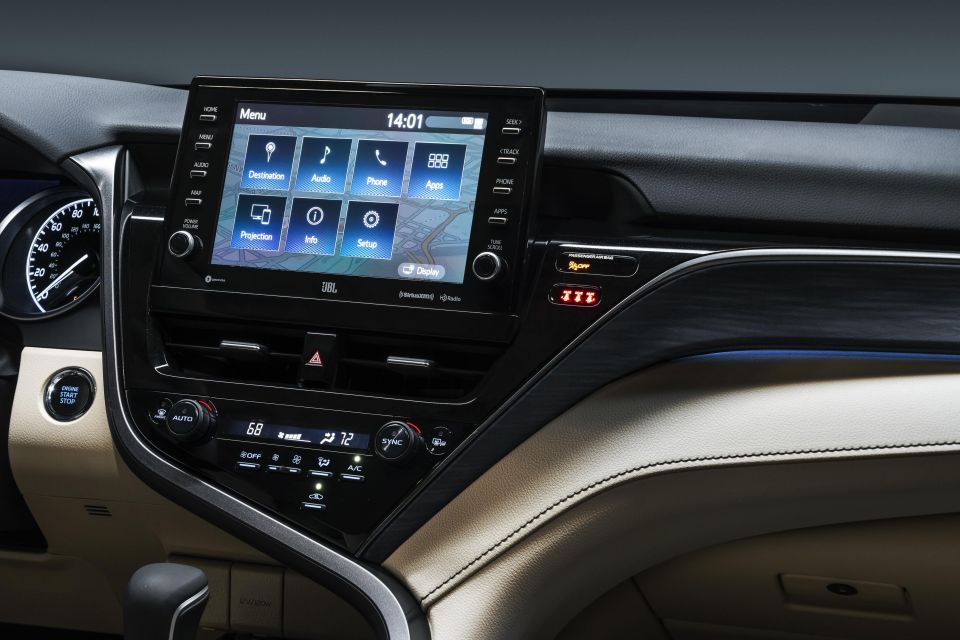
Inside, there’s a tablet-style infotainment system, with American-market models offering screens measuring 7.0 and 9.0 inches.
The current Camry offers 7.0- and 8.0-inch screens.
The autonomous emergency braking system now detects cyclists during the day and pedestrians in low-light, while the adaptive cruise control has been improved.
The axing of the V6 Camry in Australia leaves the mainstream mid-sized segment without a single V6 option, with the Honda Accord having switched to turbocharged and hybrid four-cylinder power and the Subaru Liberty being discontinued.

You’ll need to step up to a Kia Stinger or a luxury brand model to get a six-cylinder engine.
Even in the US market, where mid-sized sedans remain fairly popular, Toyota is the only company to still offer a V6.
The history of V6-powered Camrys in Australia has been a complicated one.
The first Camry to offer a V6 was the locally-built second-generation model, though the V6 was available only in a single, highly specified variant imported from Japan.
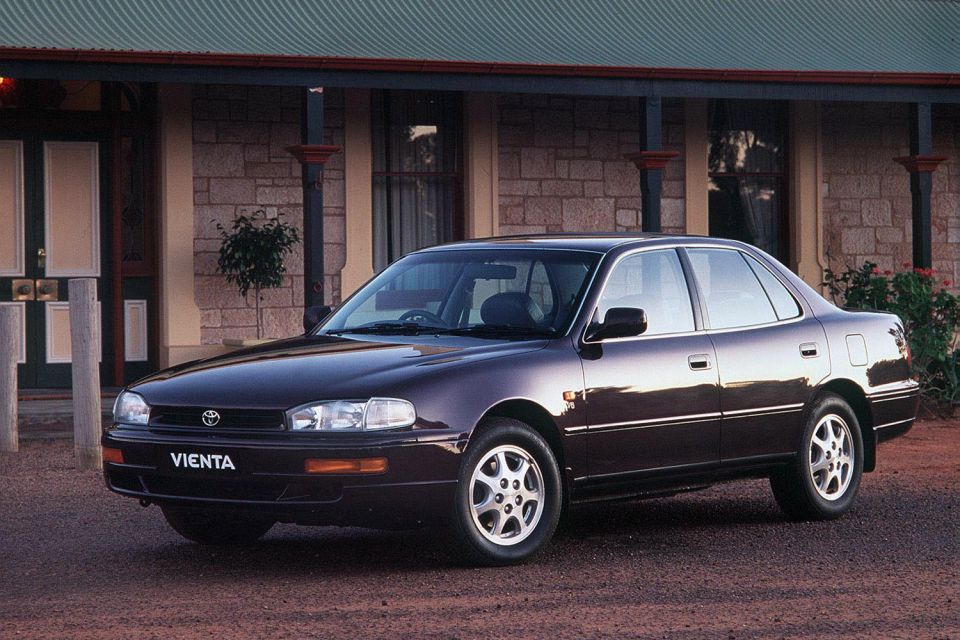
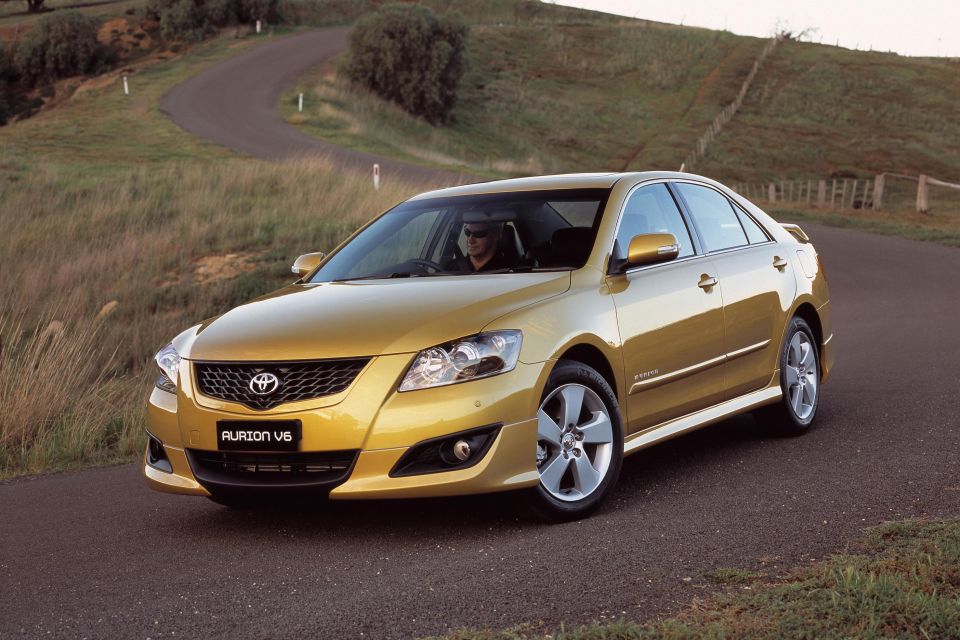
For the following generation of Camry, V6 models were badged as Camry Vienta and later Vienta. The V6 engines would return to the Camry line in the following generation as the Vienta nameplate was axed to make room for the unloved Avalon.
With the 2006 model and its successor, V6 engines were restricted to the Aurion, which featured unique front and rear end styling. The Aurion nameplate was axed in 2017 with the launch of the current generation of Camry, returning the V6 engine to the Camry line.
CarExpert helps new car buyers save thousands with expert reviews, honest advice, and transparent pricing – no dealer pressure and no sales games.
William Stopford is an automotive journalist based in Brisbane, Australia. William is a Business/Journalism graduate from the Queensland University of Technology who loves to travel, briefly lived in the US, and has a particular interest in the American car industry.


Josh Nevett
1 Month Ago
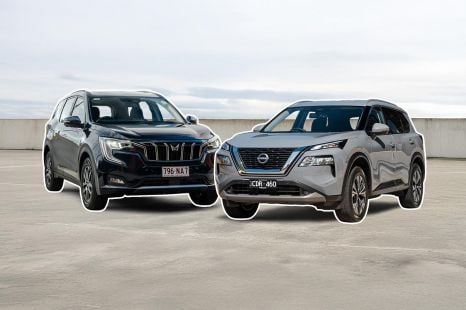

Andrew Maclean
1 Month Ago
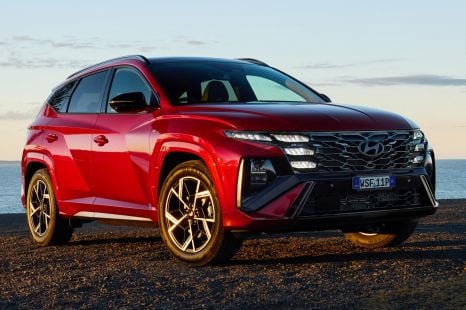

James Wong
1 Month Ago


Josh Nevett
18 Days Ago
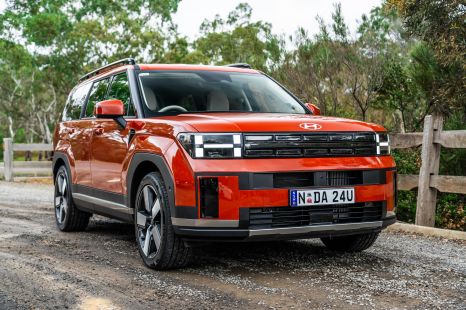

Marton Pettendy
17 Days Ago
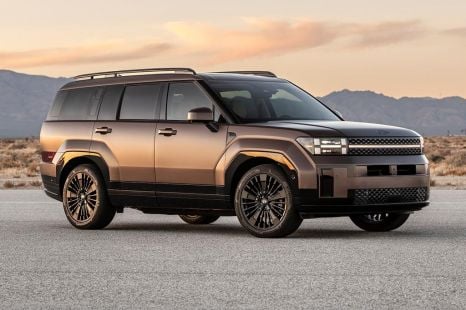

Damion Smy
16 Days Ago